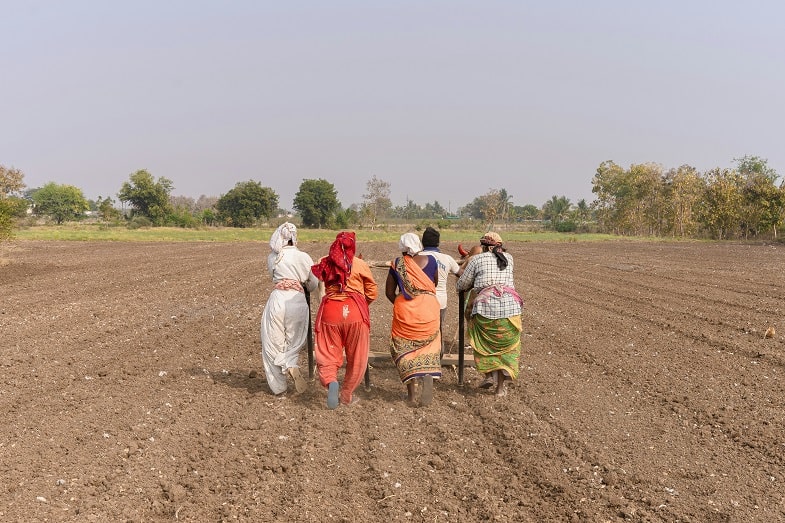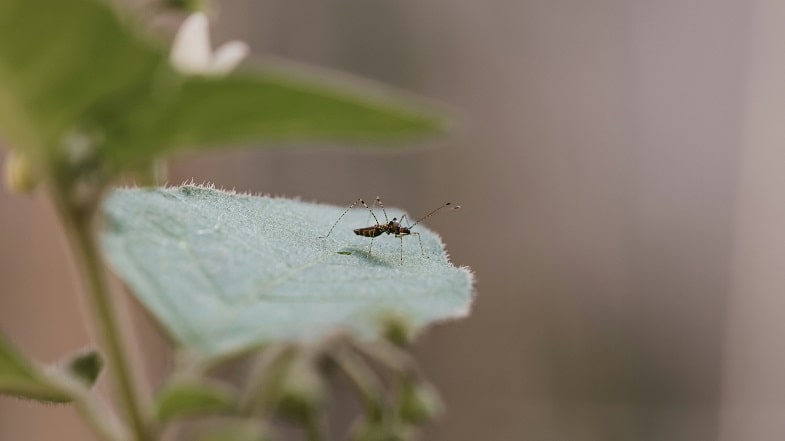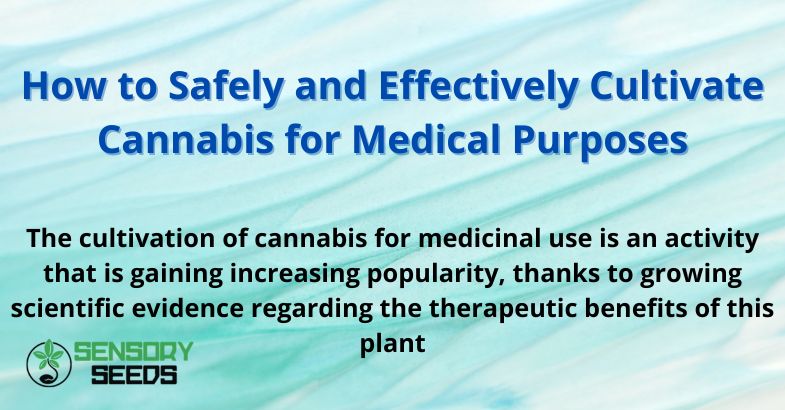Published on: 04/10/2024
The cultivation of cannabis for medicinal use is an activity that is gaining increasing popularity, thanks to growing scientific evidence regarding the therapeutic benefits of this plant
In this article, we will explore in detail everything you need to know to cultivate cannabis for medicinal purposes, from cultivation techniques to the precautions to take to ensure a safe and high-quality production.
Why Cultivate Cannabis for Medicinal Use?
Cannabis has been used for centuries as a natural remedy for a variety of ailments. Over the years, modern science has confirmed many of these benefits, leading to the legalization of cannabis for medical purposes in various parts of the world. Patients use cannabis to treat conditions such as chronic pain, chemotherapy-induced nausea, epilepsy, multiple sclerosis, and many other ailments.
Legal Cultivation: What You Need to Know Before You Start
Before starting a cannabis seed cultivation for medicinal use, it is crucial to be well-informed about the legislation in your country or region. Cannabis cultivation laws vary significantly from place to place. In some countries, cultivation is completely legal for medicinal purposes, while in others it may be restricted to specific conditions or require special permits. Cultivating cannabis without the necessary authorizations can lead to serious legal consequences, including criminal penalties. Therefore, before beginning, it is important to consult a lawyer or legal expert to ensure you are in compliance with the regulations.


How to Choose the Right Cannabis Strain for You!
One of the most critical aspects of cultivating cannabis for medicinal use is choosing the right strain. Cannabis is an extremely versatile plant, and there are hundreds of strains available, each with unique cannabinoid and terpene profiles. Some strains are rich in THC, the psychoactive cannabinoid known for its analgesic and relaxing properties, while others contain high levels of CBD, a non-psychoactive cannabinoid with potential anti-inflammatory and anxiolytic effects.
The choice of strain depends on the specific therapeutic needs. For example, patients seeking pain relief might opt for strains high in THC, while those looking to treat anxiety or inflammation may prefer CBD-rich strains. It is advisable to consult a physician or an expert in medical cannabis to determine which strain is best suited to one’s needs.
What is the Perfect Cultivation Method for You: Indoor or Outdoor?
Cannabis can be grown both indoors and outdoors, and each method has its advantages and disadvantages. Indoor cultivation offers greater control over the growing environment, including factors like light, temperature, and humidity, which are crucial for the final product’s quality. However, it requires a higher initial investment in terms of equipment and energy costs.
Outdoor cultivation, on the other hand, takes advantage of natural sunlight, reducing operational costs, but exposes the plants to external factors such as weather, pests, and diseases. Regardless of the chosen method, it is essential to ensure that the plants receive at least 12 hours of light per day during the vegetative stage and a 12/12 light/rest cycle during the flowering stage.
The Basics for Effective Growth
The ideal soil for cannabis should be nutrient-rich, well-drained, and have a pH between 6.0 and 7.0. There are many commercially available cannabis-specific soil mixes, but many growers prefer to create their own by combining peat, perlite, vermiculite, and compost to create an optimal growing environment.
Nutrients play a fundamental role in the growth of cannabis plants. During the vegetative phase, plants require high levels of nitrogen to promote leaf and branch growth; they need about 18 hours of light and 6 hours of darkness at a temperature between 20 and 30 degrees Celsius during the day, with a drop at night. During the flowering phase, however, to stimulate flower production, a light cycle of 12 hours of light and 12 hours of darkness is necessary, at a temperature between 18 and 26 degrees Celsius. The supply of phosphorus and potassium is also important.
Irrigation and Humidity Management
Irrigation is another crucial aspect of cannabis cultivation. Cannabis plants require a regular supply of water, but it is equally important to avoid water stagnation, which can lead to root rot and other diseases. A good drainage system is essential to prevent water from accumulating around the roots. Humidity should be kept around 40-50% during the flowering stage to prevent mold formation on the flowers.
Many growers use a method called “watering to runoff” which involves watering until water runs out from the drainage holes of the pots. This ensures that all roots receive water and nutrients evenly. Additionally, it is important to use pH-balanced water, ideally between 6.0 and 6.5, to ensure that nutrients are easily absorbed by the plants.


Pest and Disease Prevention
One of the major challenges in cannabis cultivation is managing pests and diseases. Aphids, spider mites, molds, and fungi can seriously damage plants and reduce both the quality and quantity of the yield. To prevent these issues, it is crucial to maintain a clean and well-ventilated growing environment. Regular inspections of the plants can help detect any infestations or diseases early on.
The use of chemical pesticides is not recommended in medicinal cannabis cultivation, as chemicals can accumulate in the flowers and pose a health risk to patients. Instead, many growers use biological control methods, such as introducing natural predatory insects, or natural remedies like neem oil to combat pests.
From Harvest to Medicinal Uses of Cannabis
Cannabis is ready for harvest when the trichomes turn milky or amber, indicating that the cannabinoids have reached their highest concentration. The next step is drying, which should be done in airtight containers and in an environment with a relative humidity of 45-55% for a period of 7-10 days. After drying, the curing phase occurs, lasting between 2 and 8 weeks. This phase is essential for enhancing the flavor and aroma of the flowers, as well as increasing their potency. For medicinal use, it is necessary to decarboxylate the flowers, which means converting THCA and CBDA into their active compounds, THC and CBD. Decarboxylation is done by heating the flowers to a temperature of about 110-120 degrees Celsius for 30-40 minutes.
The flowers can be used in various ways for medicinal purposes, including vaporization, infusion into oil, or preparation of edibles. Each method has its advantages and disadvantages, and the choice depends on personal preferences and the therapeutic needs of the patient.
In Conclusion
Growing cannabis for medicinal use requires in-depth knowledge of the plant, including local laws, necessary safety precautions, and cultivation needs and techniques.
By following the advice provided in this article, you can successfully embark on growing cannabis for medicinal purposes, ensuring a safe and effective final product. Visit SensorySeeds to learn about cannabis seed varieties and choose the one that is right for you and your therapy!









